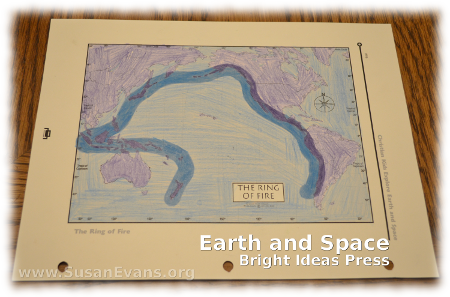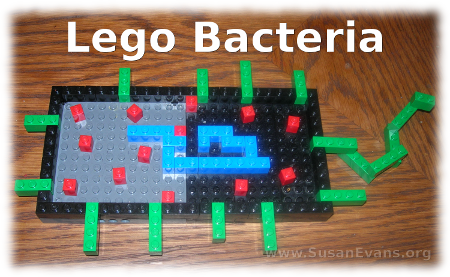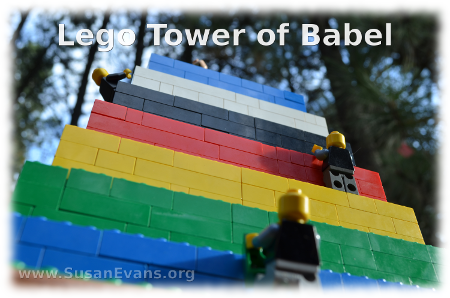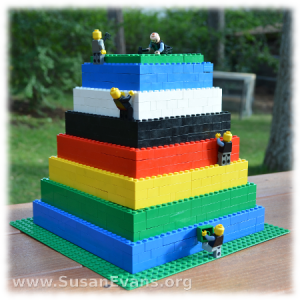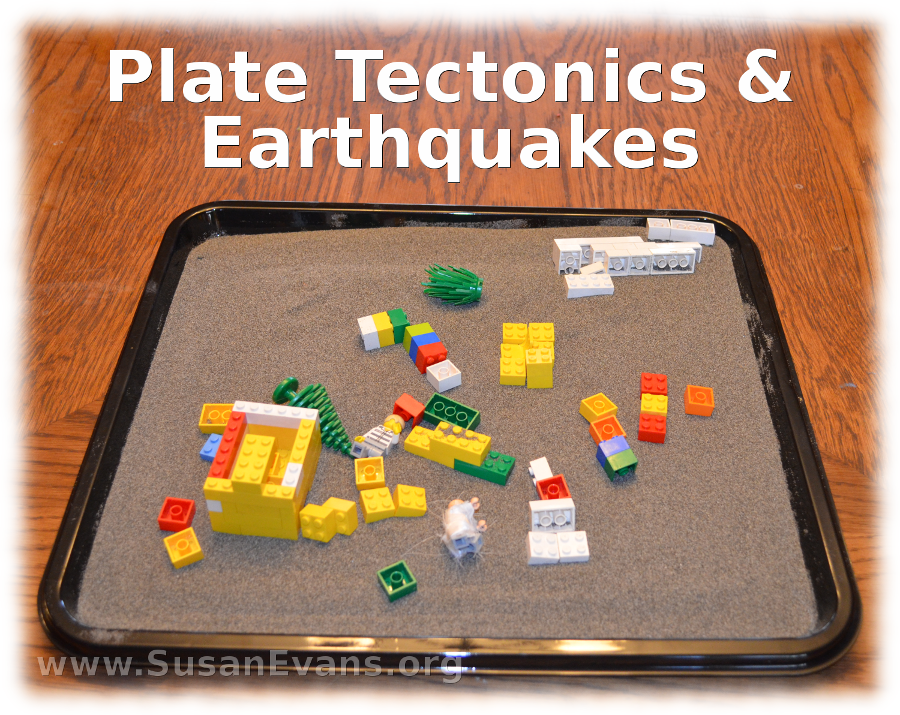 This article contains an affiliate link.
This article contains an affiliate link.
When my kids studied plate tectonics and earthquakes, we did some super fun hands-on activities. We are continuing our study of Earth and Space by Bright Ideas Press, and the highlight of this unit was to shake a Lego city to see what would happen during an earthquake. My kids kept setting up cities and shaking them down all week long.
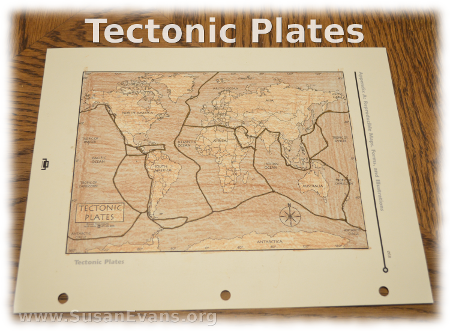 I’ve actually lived through many earthquakes. I grew up as a missionary kid in Guatemala, and I survived the 1976 earthquake, which was a 7.6 on the Richter scale. I remember the demolished city, where I could see inside the houses with knocked-down walls. It was kind of surreal. I tell you about it in the video. I also show you the hands-on activities we did for this unit:
I’ve actually lived through many earthquakes. I grew up as a missionary kid in Guatemala, and I survived the 1976 earthquake, which was a 7.6 on the Richter scale. I remember the demolished city, where I could see inside the houses with knocked-down walls. It was kind of surreal. I tell you about it in the video. I also show you the hands-on activities we did for this unit:
The children looked up a list of cities where large earthquakes have happened, and we noticed that the majority are located around the “Ring of Fire.” This is the edge of the tectonic plates, where lots of volcanoes have formed. We colored a printable that showed where the tectonic plates are located, and another map where the Ring of Fire is located. The children noticed the similarities.
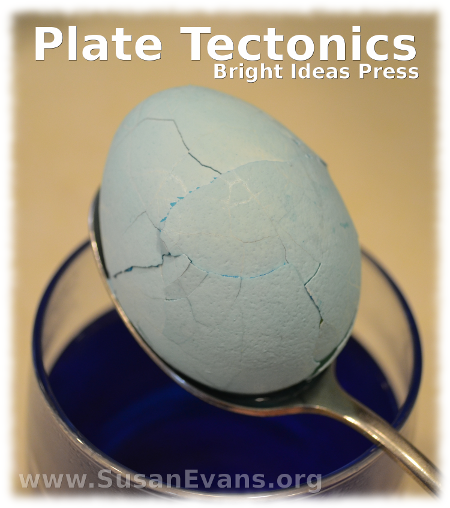 To understand tectonic plates, one of the activities in the book is to boil an egg and crack the outside shell. In order to see the edges of the shell pieces better, you might want to color the egg like an Easter egg, with food coloring. Use 1 cup of boiling water, 2 teaspoons of vinegar, and several drops of food coloring. The longer you leave the egg in the dye, the brighter the “tectonic plates” will be. Make sure you crack the shell before you dye the egg, so that the edges of the shell are darker.
To understand tectonic plates, one of the activities in the book is to boil an egg and crack the outside shell. In order to see the edges of the shell pieces better, you might want to color the egg like an Easter egg, with food coloring. Use 1 cup of boiling water, 2 teaspoons of vinegar, and several drops of food coloring. The longer you leave the egg in the dye, the brighter the “tectonic plates” will be. Make sure you crack the shell before you dye the egg, so that the edges of the shell are darker.
We had fun studying plate tectonics and earthquakes. After the kids were in bed, my husband and I reminisced about how much we missed earthquakes back when we lived in California. Isn’t that funny?
Bright Ideas Press compensated me for blogging about science through using the book Earth and Space.
